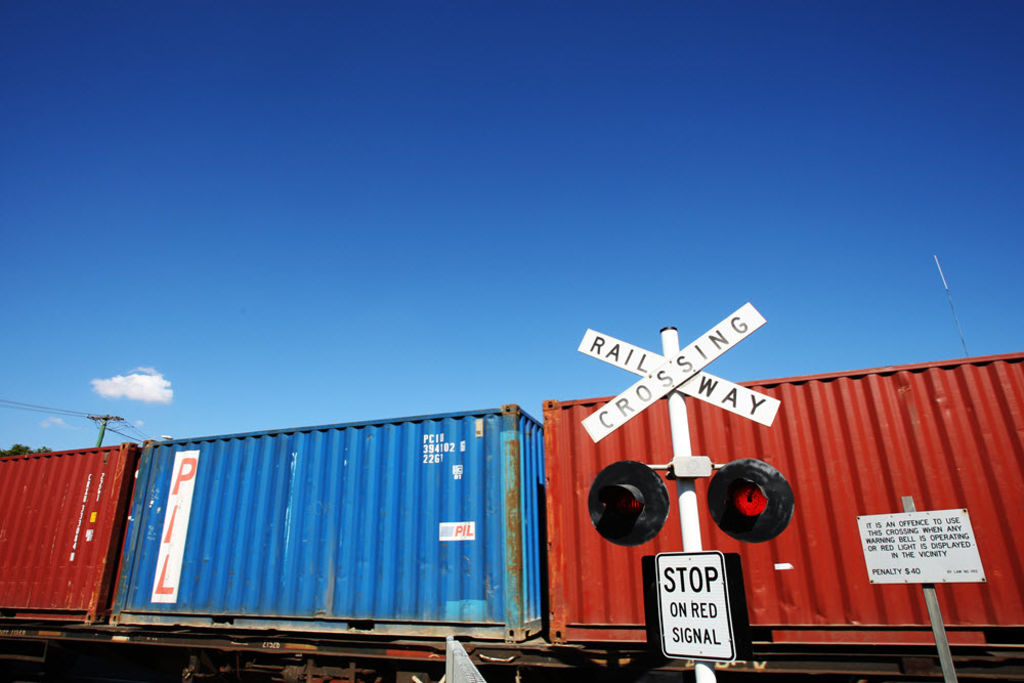
Infrastructure: Australia lags developing countries
Australia is falling behind developing countries in its return from built assets, suggesting it chose the wrong assets in the first place or has not been maintaining the ones it has, a new report by Arcadis says.
In a report that ranks the value of a country’s built assets – such as homes, schools, roads, airports and railways – Australia comes 21st out of the 36 nations compared, the engineering consultancy says.
The value of those assets is derived by stripping out the contribution to GDP from resources – land and everything pulled out of it – as well as wages. While the remaining value, reflecting a country’s built assets, accounts for about 40 per cent of global GDP on average, it stood at just 31.7 per cent in Australia, the report shows.
In absolute terms, Australia’s built asset returns totalled $US376 billion ($505 billion), up 12 per cent from $US336 billion in 2014, just behind Poland and ahead of Saudi Arabia. While the absolute figures closely correlate with the size of a country’s GDP, they vary by how well they are used in a country.
“In terms of efficiency and profitability of the infrastructure, Australia’s below the line,” said Gareth Robbins, the director of Arcadis Australia Pacific’s built asset consultancy.
“Historically it hasn’t invested in the right assets in terms of their genuine ability to drive wealth for the nation as a whole and has focused on investment in infrastructure and assets that are generating profitability for small areas of the economy, rather than having a broad, long-term positive impact on the economy.”
It didn’t necessarily mean all investment decisions should be handed over to an independent body such as Infrastructure Australia, as political views were still needed to choose projects that may stand the country in good stead in the longer run, even if the short-term numbers didn’t stack up, Mr Robbins said.
The federal government’s 15-year infrastructure plan released last week seeks to boost the efficiency of road, rail and port networks.
Jurisdictions that performed well in the index, such as Dubai and Qatar, were doing so because they were making large investments that would not necessarily clear short-run investment criteria hurdles but would stand those countries in good stead in the longer run. While Australia had spent money on far-sighted assets in the past, it was not doing so today, he said.
“If government funds were being used to build the Sydney Opera House today, would it get through the hurdles of direct return on the investment needed to build it?” he said.
Mr Robbins did not deny that it was easier for a small, undemocratic, family-run kingdom to make those decisions than a mature democracy such as Australia.
“It’s easier, it doesn’t mean that it’s wrong,” he said.
Mr Robbins declined to give examples of assets or projects that were either ill advised in the first place or had not had the necessary ongoing investment to ensure the maximum return.
He acknowledged the strong pipeline of infrastructure projects in NSW and Victoria but said these alone would not be enough to offset the post-mining-boom slump.
“More will need to be done to unlock the value and potential of built assets left over from the slowdown in mining, and replace the decline in manufacturing,” he said.












